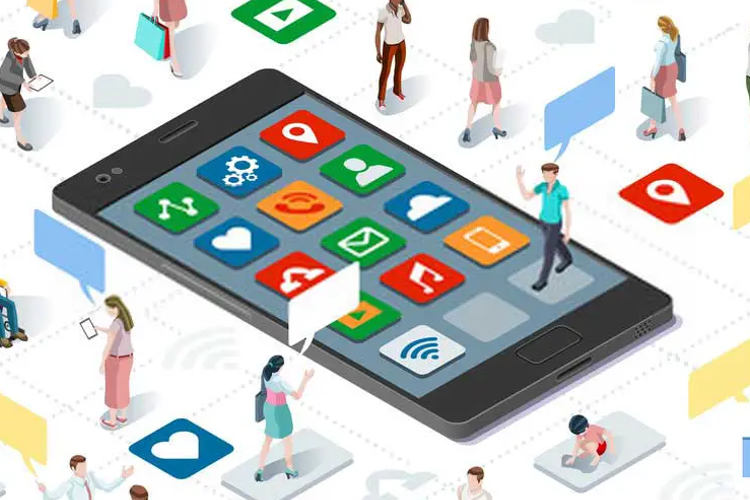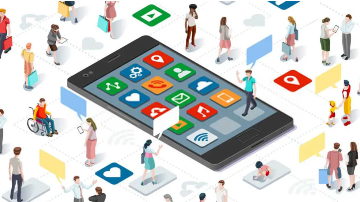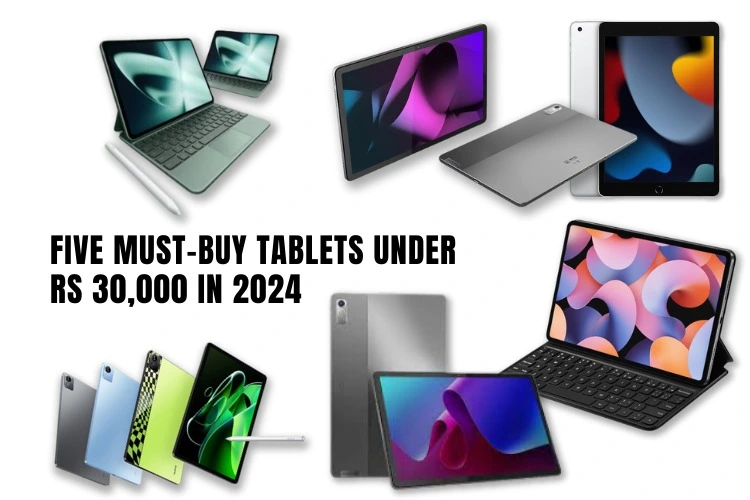
Technology has revolutionised the world in more ways than one, making it easier for people with disabilities to navigate the digital space. With the development of Android accessibility, people with disabilities can now access and interact with their Android devices just like anyone else.
Android accessibility refers to a set of features and settings that are designed to make Android devices more accessible to users with disabilities. These features include things like screen readers, magnification, captioning, and more. The Android operating system has made significant strides in recent years to improve the accessibility of their devices, ensuring that people with disabilities can fully participate in the digital world.
One of the most important features of Android accessibility is the screen reader. A screen reader is a software program that uses text-to-speech technology to read the content on the screen out loud. This feature is particularly important for people who are blind or have low vision, as it allows them to navigate their Android device without having to rely on visual cues. Android’s built-in screen reader is called TalkBack, and it is fully customizable, allowing users to adjust the speed, volume, and pitch of the voice.
Another important feature of Android accessibility is magnification. Magnification is a feature that allows users to zoom in on a particular area of the screen, making it easier to read small text or view images in detail. This feature is particularly useful for people with low vision or who have difficulty distinguishing between colours.
Android accessibility also includes a range of settings for people with hearing disabilities. Captioning, for example, allows users to view subtitles for videos or other multimedia content. This feature is particularly important for people who are deaf or hard of hearing, as it allows them to fully understand and engage with the content.
Other features of Android accessibility include voice commands, vibration alerts, and a range of customization options. These features allow users to personalise their Android device to best suit their needs and preferences.
Overall, Android accessibility is an incredibly important development in the world of technology. By making Android devices more accessible to people with disabilities, the technology is helping to bridge the digital divide and ensure that everyone can participate fully in the digital world. While there is still work to be done to improve accessibility across all platforms and devices, the progress that has been made is truly remarkable. With continued efforts and advancements in technology, we can look forward to a future where accessibility is the norm, not the exception.




.webp)

.webp)
